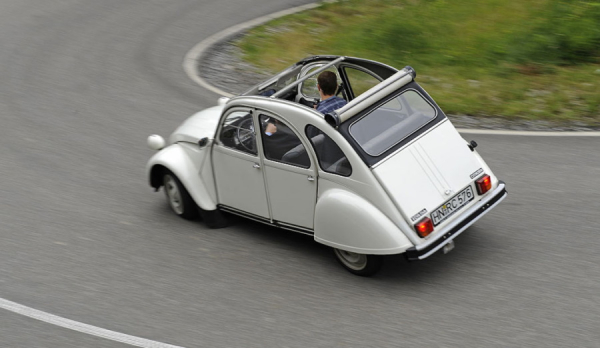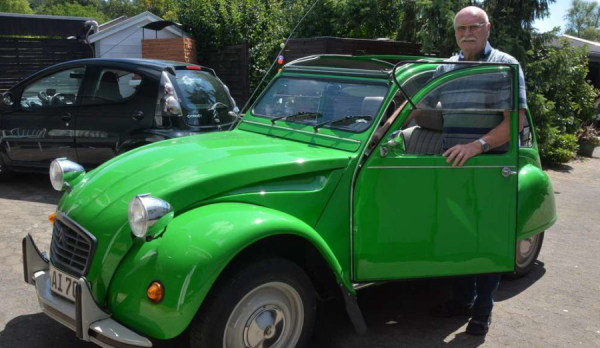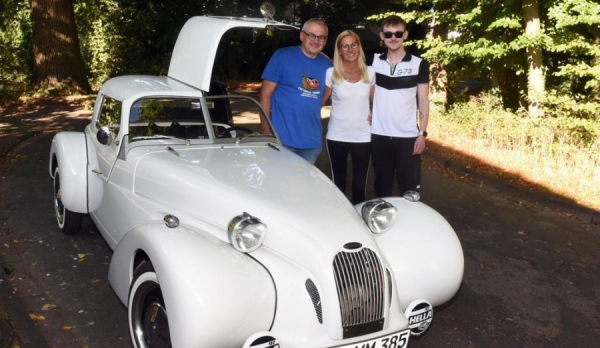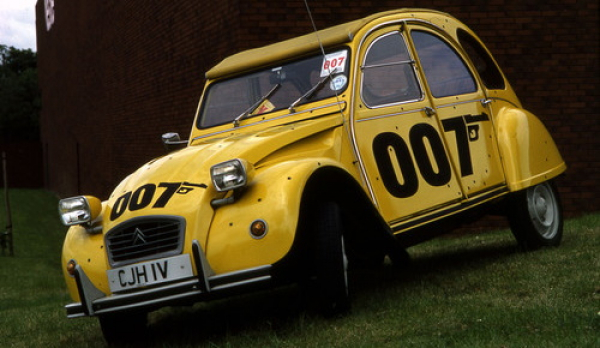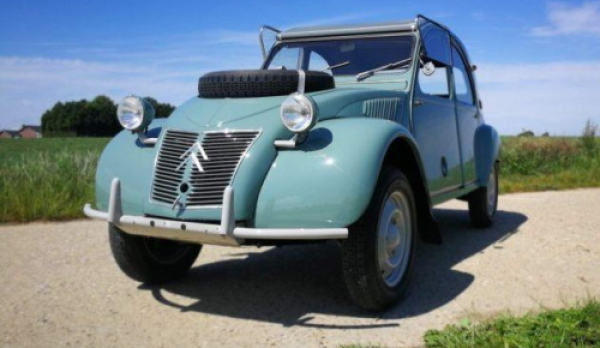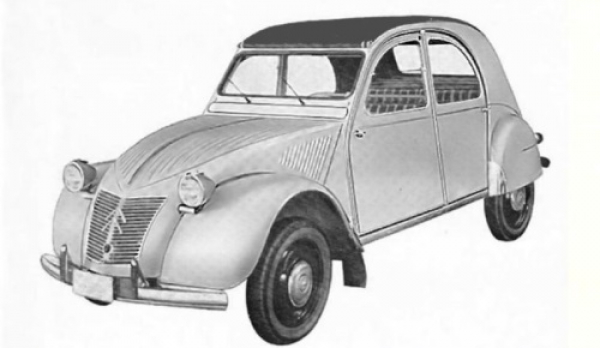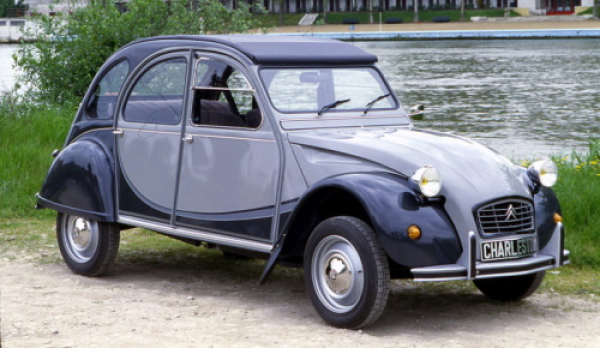Four wheels under an umbrella
The Citroën 2CV, called "Duck", was initially intended to mobilize farmers, then motorized students, globetrotters and James Bond. We look under the thin sheet metal of the cult car.
Pierre-Jules Boulanger, who sent Michelin to Citroën in 1934, thought of a small car for farmers in the 1920s. The idea doesn't work at first because Boulanger is employed by Michelin and the company makes tires. Cars only belong to the business area when Citroën is acquired. Boulanger became head of Citroën in 1937 and commissioned the development of a "Toute petit voiture".
A car like an umbrella on wheels
Eddie Knaus restored a Citroen 2CV
We present the keyers from the district and their oldtimers. Today: Eduard Knaus from Niederaula-Hattenbach. Eduard "Eddie" Knaus in Niederaula is a kind of institute for Citroën-branded vehicles. After all, before setting up his own workshop and paint shop in Hattenbach, the 77-year-old spent many years at the Citroën garage Schlitt in Niederaula, including as foreman.
2CV with wings
With the couple Sabine and Ralf Mierzowski from Espelkamp and their son Marco (20) everything is on "duck". The first grass green Citroën 2 CV from 1985 came from Minden in Espelkamp 18 years ago. Sabine got her driver's license at the age of 22 and is still proud of her mobile pedestal.
In 1990, the 2CV retired
The farewell to the large car stage came into exile. In the Portuguese Citroën factory in Mangualde, the last 2CV rolled off the belt silently 30 years ago. The story of the "umbrella on wheels" began before The Second World War, when the brand decided to put a small car - internally defined as Toute petite Voiture (TPV) - on the street. But then came the German occupation and at Citroën the first prototypes disappeared, well hidden somewhere on the site of the test center in La Ferté Vidame.
Citroën 2CV Sahara with 4WD
By the late 1950s, Citroën's charming 2CV had settled down as an extremely handy car for the masses, a car that offered affordable transportation to both farmers and city dwellers. Over unpaved fields, muddy roads or cobbled streets, the 'Deux Chevaux' was almost unstoppable. But there were still places even an experienced 2CV driver was afraid of.Tataaaaa!!:Open canvas for the Citroën 2CV 4×4 Sahara, the world's first twin-engine 4×4 vehicle; only 694 have been built and fewer than 30 survivors are known worldwide.
The Belgian Ducks
The Citroën 2CV is as French as camembert, baguette and lavender. Nevertheless, many 2CV units have been built for the Benelux, Switzerland and Germany in the Belgian Citroën factory in Vorst. As was often the case in the past, import levies were levied on (complete) cars. In order to avoid these charges, Citroën imported parts, which were assembled together with locally produced parts into complete cars. Due to the existence of the Benelux, it was in any case more advantageous for the Netherlands to have the 2CV built in Belgium.
Citroen 2CV Charleston celebrates its 40th anniversary
In October 1980 Citroën presented the 2CV 6 Charleston at the Paris Motor Show, a unique, special version limited to 8,000 copies. The Charleston proved so successful that Citroën kept this version in the model range from July 1981 until the end of production of the 2CV. The last 2CV produced was a Charleston on July 27, 1990.

